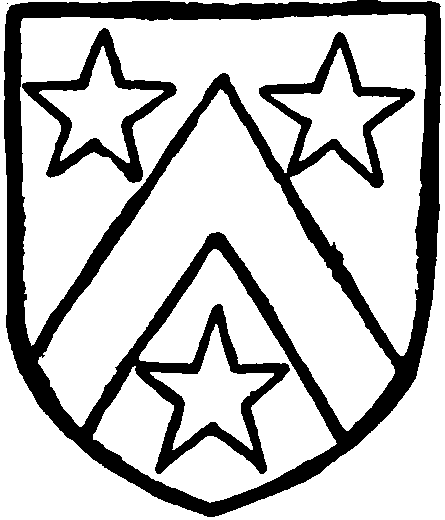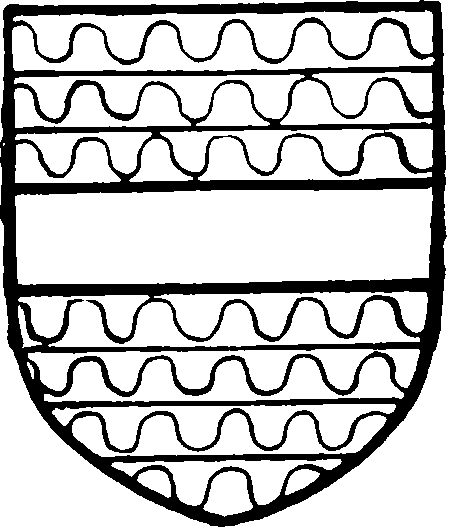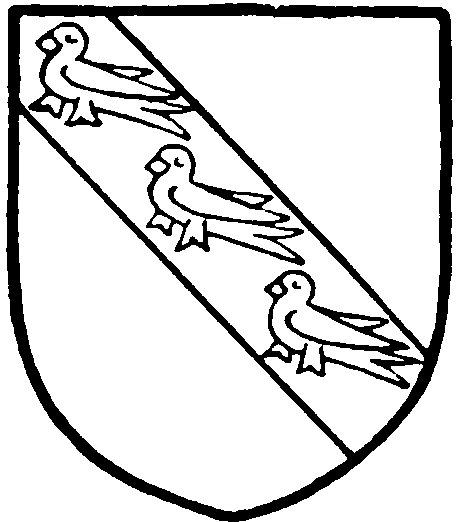A History of the County of Warwick: Volume 4, Hemlingford Hundred. Originally published by Victoria County History, London, 1947.
This free content was digitised by double rekeying. All rights reserved.
'Parishes: Wilnecote', in A History of the County of Warwick: Volume 4, Hemlingford Hundred, ed. L F Salzman( London, 1947), British History Online https://prod.british-history.ac.uk/vch/warks/vol4/pp249-250 [accessed 22 December 2024].
'Parishes: Wilnecote', in A History of the County of Warwick: Volume 4, Hemlingford Hundred. Edited by L F Salzman( London, 1947), British History Online, accessed December 22, 2024, https://prod.british-history.ac.uk/vch/warks/vol4/pp249-250.
"Parishes: Wilnecote". A History of the County of Warwick: Volume 4, Hemlingford Hundred. Ed. L F Salzman(London, 1947), , British History Online. Web. 22 December 2024. https://prod.british-history.ac.uk/vch/warks/vol4/pp249-250.
In this section
WILNECOTE
Acreage: 1,265.
Population: 1911, 4,196; 1921, 4,617; 1931, 4,640.
The parish lies between the River Tame on the west and its tributary the Kettle Brook on the north and east. The strip between the Tame and the road parallel to it running north from Coventry to Tamworth constituted Tamworth Castle Liberty and was in the civil parish of Fazeley (Staffs.) until transferred in 1894. Parallel and close to this road runs the L.M.S. Railway from Birmingham to Derby, with a station where it is crossed by the Watling Street, on which, ½ mile south-east, lies the village of Wilnecote. The parish church of Holy Trinity, dating from 1821, is a building of brick faced with ashlar stonework. It consists of a chancel and nave without structural division, north vestry, south porch, and a small west bell-turret. The windows, &c., are of the 13th-century style. There are Methodist and Congregational chapels.
Valuable deposits of clay have long been worked for bricks and pottery, and there is a large colliery, as well as the remains of several others now disused.
MANORS
The manor of WILNECOTE, rated at 3 hides, was held in the time of Edward the Confessor by Leuenot; in 1086 Ingenulf and Arnulf held it of the Count of Meulan and it then had an ironworks or smithy (ferraria) worth 5s. and two smiths. (fn. 1) The overlordship of part descended with the earldom of Leicester and by 1297 had come to Edmund, Earl of Lancaster, (fn. 2) the quarterfee being held of the Duchy of Lancaster in 1361, (fn. 3) when it was assigned to Maud daughter and co-heir of Henry, late Duke of Lancaster.
This portion was held at the beginning of the 13th century by Robert de Valle, who was disseised of 6 virgates here by William de Longchamp, King John's Chancellor. (fn. 4) In 1205, however, his son Robert recovered the estate (fn. 5) and it remained in his family, his grandson Sir Robert holding in 1297, (fn. 6) until the latter's son, also Sir Robert, sold the reversion of the manor in 1325 to Roger de Culi. (fn. 7) In 1343 Sir Roger de Culi settled lands in Wilnecote and elsewhere on himself for his life with remainder to his sons Philip, Thomas, and John for their lives, and then to Hugh son of John de Culi, and Katherine his wife in tail. (fn. 8) It was presumably this Hugh's son Roger who proved his age in 1354 (fn. 9) and was said to be holding the ¼ fee in 1361, (fn. 10) though he had in fact died a year earlier, without issue, his heir being his uncle Thomas Cuylly. (fn. 11) The manor is next heard of in 1436, when Sir Ralph Bracebridge died seised of it, (fn. 12) and it remained in his family for 130 years, passing on the death of Michael Bracebridge to his sisters Jane wife of Lionel Skipwith and Margery wife of Waldyve Willington, who held it jointly in 1566. (fn. 13) Subsequently the whole came to the family of Willington, who were holding when Dugdale wrote (c. 1640) (fn. 14) and until 1787, when Thomas Willington sold the manor to Catherine Orton. (fn. 15) The later history of this manor is not known.

Culi. Argent a cheveron between three molets sable.

Bracebridge. Vairy argent and sable a fesse gules.
The overlordship of another manor of WILNECOTE came to the Earls of Warwick, under whom a mesne lordship of this ¼ fee was held by Thomas de Camville in 1242, (fn. 16) 1266, (fn. 17) and 1272; (fn. 18) by Elizabeth (wife of Sir Robert Burdet) the heir of Gerard de Camville in 1316; (fn. 19) and by John Burdet in 1512. (fn. 20)
The tenant in fee of this manor in 1235 was William de Ludinton. (fn. 21) He, or a predecessor of the same name, had in 1202 granted an assart in Wilnecote to Roger Monk. (fn. 22) William was probably the father of Ralph de Ludington who died in 1272 seised of 5½ virgates of villeinage, and of 2 virgates of demesne and a watermill, which his brother Walter was holding for life. Ralph left four daughters: Agnes wife of John de Fillongley, Pernel wife of John de Bruly, Maud, and Joan; (fn. 23) also a widow Margaret, to whom ⅓ of Wilnecote was assigned in dower. (fn. 24) Joan was subsequently wife of Simon de Bruly, Maud was wife of Adam de Welesbergh, and Agnes left a daughter Margaret. (fn. 25) In 1285 Walter de Ilmer and Pernel his wife (heir and probably daughter of John de Bruly) (fn. 26) conveyed to Adam de Welesbergh and Maud and her heirs the reversions of ⅓ carucate here held in dower by Margaret widow of Ralph de Ludington, and of 2/3 carucate held for life by Walter de Ludington. (fn. 27) Adam and Maud in 1297 quitclaimed to Roger Brabazon 100s. of land which he already held in Wilnecote; (fn. 28) this being probably the messuage and carucate which he had acquired in 1295 from Walter de Ludington and Alice his wife. (fn. 29) Then in 1299 Roger bought from Simon de Bruly and Joan a messuage, a carucate of land, and 24s. rent here. (fn. 30) This manor then descended in the Brabazon family until the end of the 15th century, when Roger Brabazon left two daughters as co-heirs; one, Joan, married Sir George Hastings who died in 1511 seised of a moiety of the manor. (fn. 31) His son John died three years later, leaving as heir his brother Hugh, aged 8. (fn. 32) The other moiety seems to have come to him, as in 1537 Sir Hugh Hastings and Martin Hastings conveyed the manor to William Brabazon. (fn. 33) His grandson was created Earl of Meath in 1627 (fn. 34) and was holding the manor in 1640, (fn. 35) and in 1675 it was still in the hands of the Earl of Meath, (fn. 36) but its subsequent history is obscure.

Brabazon. Gules a bend or with three martlets sable thereon.
The manorial rights of Wilnecote were by 1850 in the hands of Sir Robert Peel, bart., (fn. 37) and the present baronet is lord of the manor.
STRATFORD
STRATFORD, which by the middle of the 17th century was 'a depopulated place' on Watling Street 'where it thwarts the River towards Faseley', (fn. 38) occurs as a manor held with Lea Marston [q.v.] by the family of la Launde in the 13th and 14th centuries, (fn. 39) and subsequently by the Ferrers of Tamworth Castle until at least 1580, (fn. 40) after which time its manorial rights appear to have lapsed.
